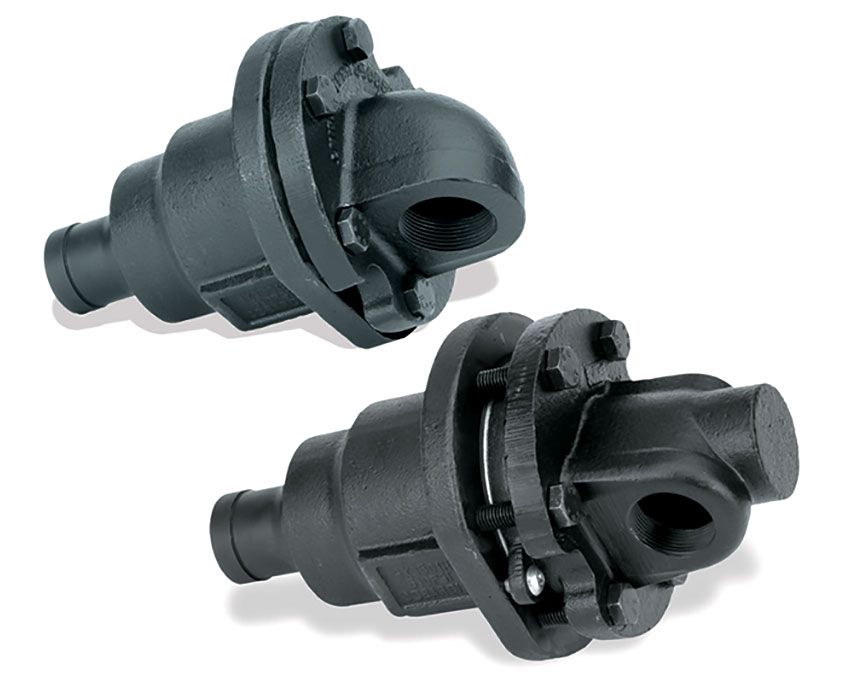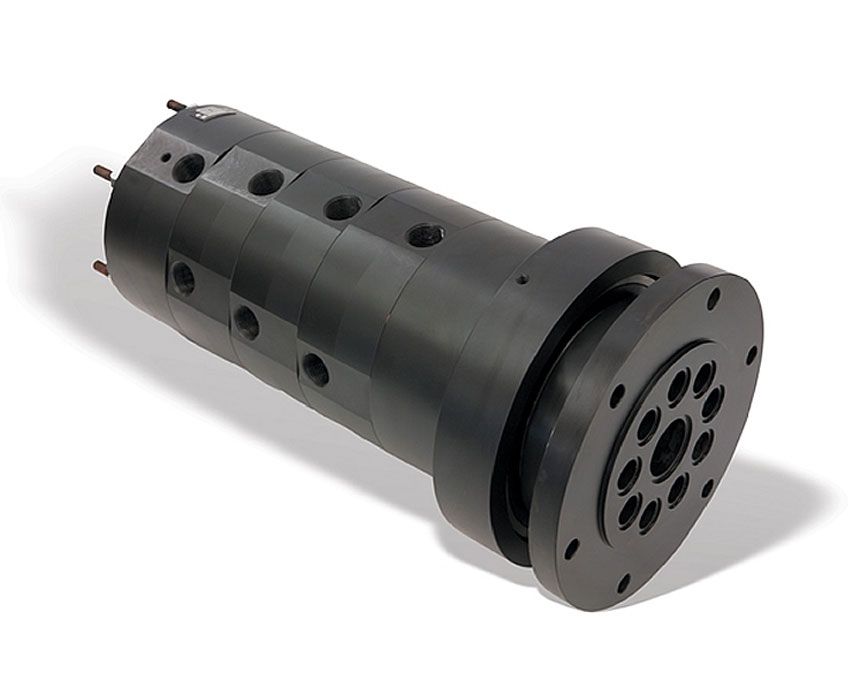Rotary Joints & Rotary Unions
Rotary joints transfer media into and out of rotating equipment. They are also known as rotary unions and rotating unions. Common media includes steam, condensate, thermal oil, coolant, air, and hydraulic oil. The experts at Kadant will help you choose the optimal rotary joint for your application.
Rotary joint sealing technology is essential to provide durable, leak free performance. The sealing technology used depends on process speed, pressure, temperature, and media. Our standard rotary joints will cover most applications and are designed to transfer one or two media simultaneously while our multi-pass rotary unions can transfer up to twelve media types in omnidirectional flow. Our experts can also design custom rotary unions for unique applications.
FAQ
Either the existing rotary joint part number or our experts can help identify your product using photos and order history.
Demanding applications use mechanical seal technology. Pressure type mechanical seals increase sealing force with increased pressure, increasing the sealing capability. Balanced type mechanical seals only increase sealing force slightly, reducing wear on the seal materials. Less demanding applications use DuraSeal™ O-ring seal technology.
Yes. An existing rotary joint can be replaced with a Kadant rotary joint. Our experts can cross over the part number or select a rotary joint based on your operating conditions. Either way, our experts will find a solution.
Self-supported rotary joints either mount directly to the rotating shaft, while bracket or lug supported joints are mounted to the surrounding framework. Self-supported rotary joints are more universal to mount while supported joints are more robust to misalignment or side loading from piping.


